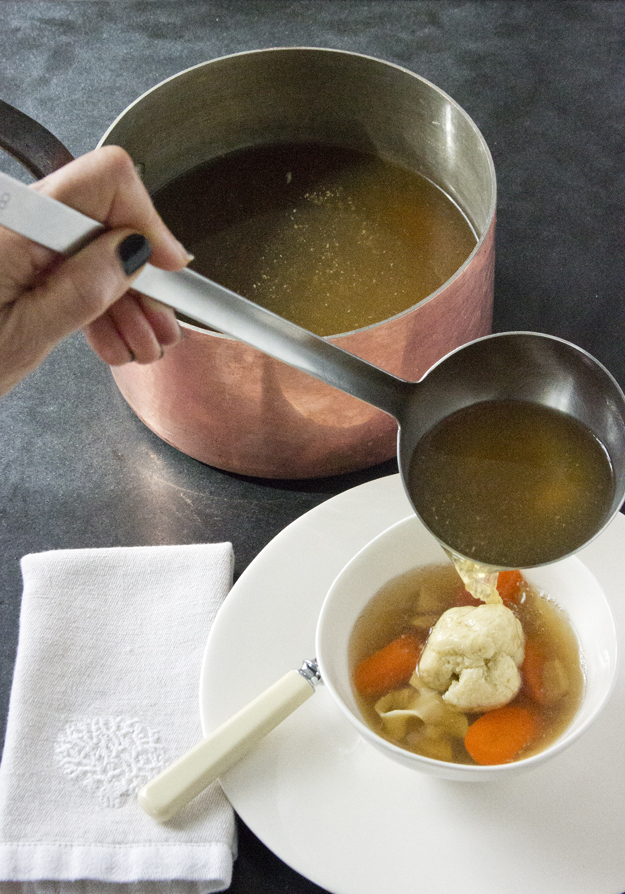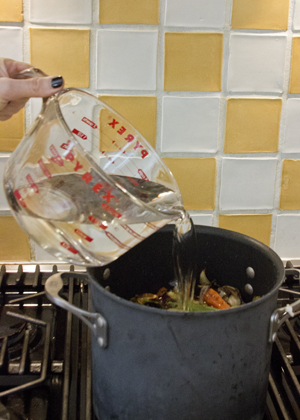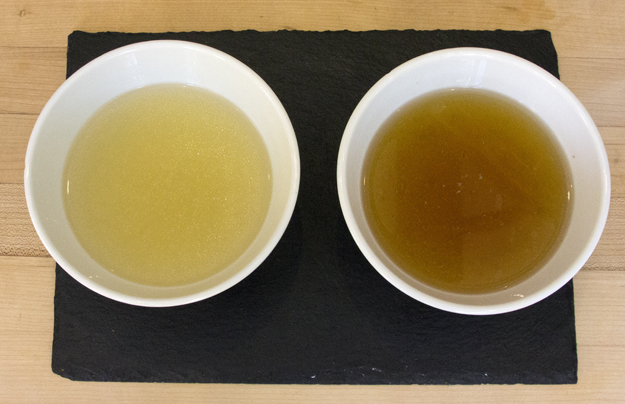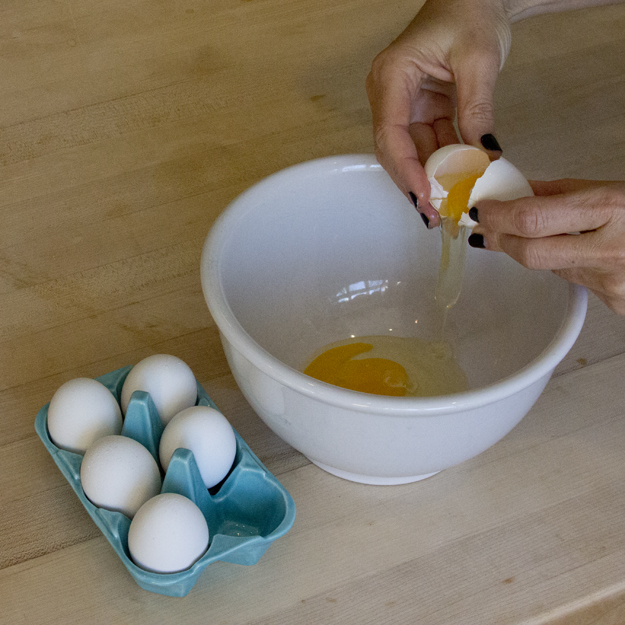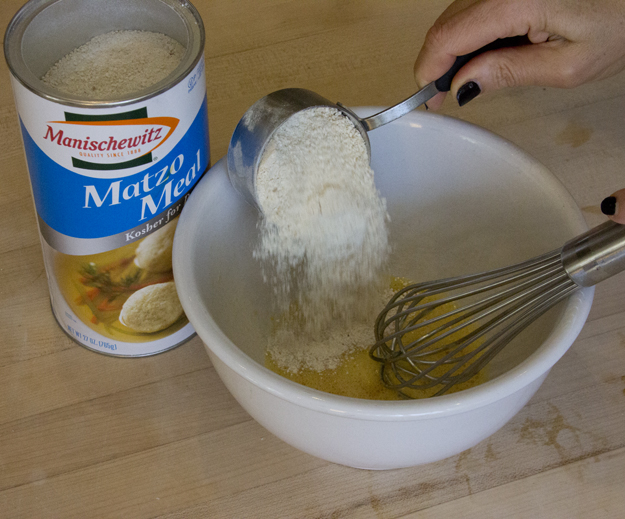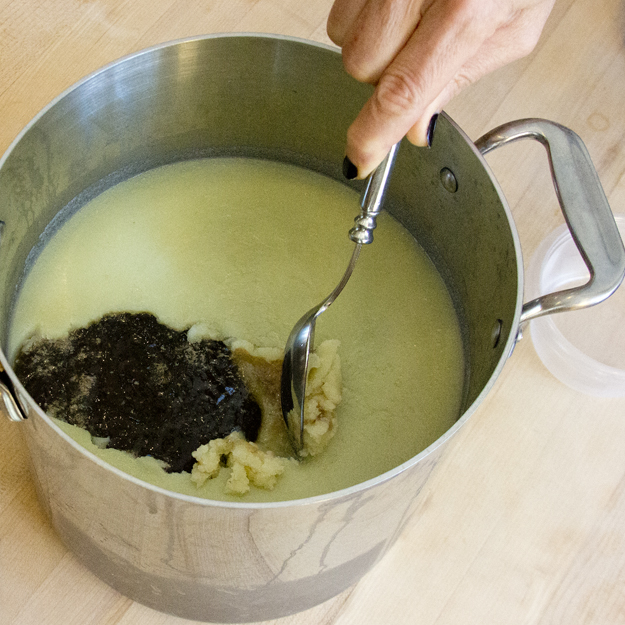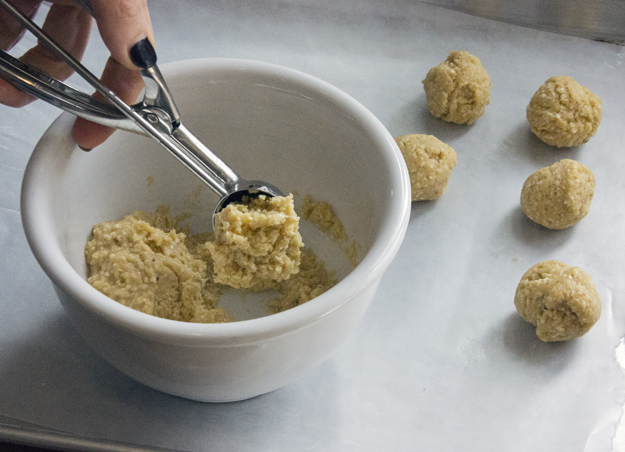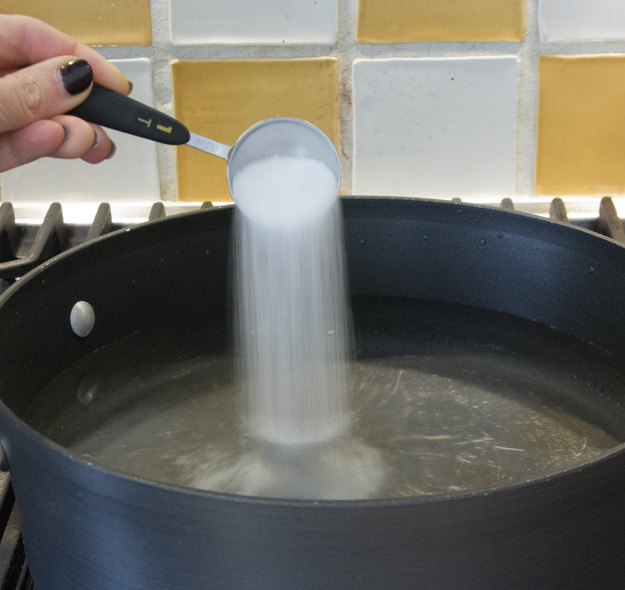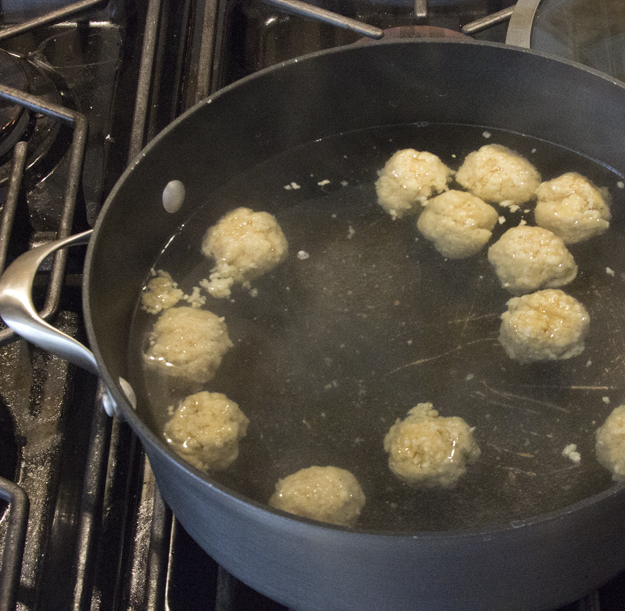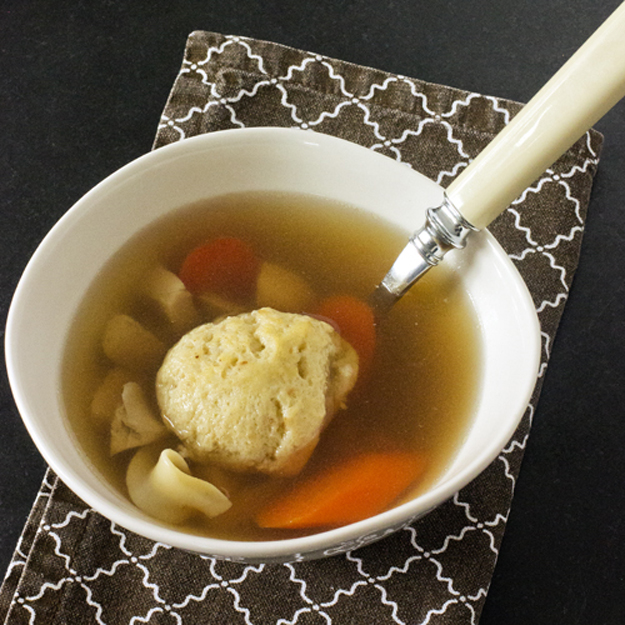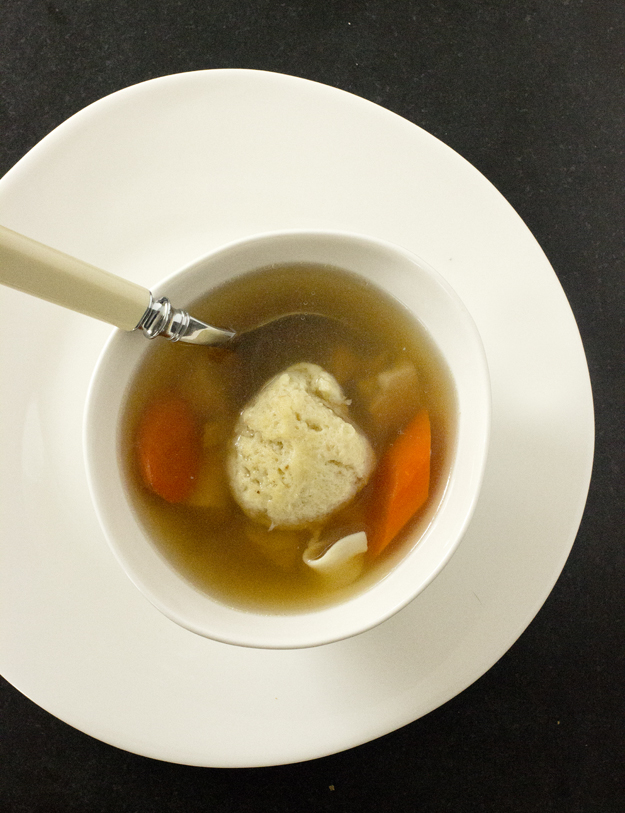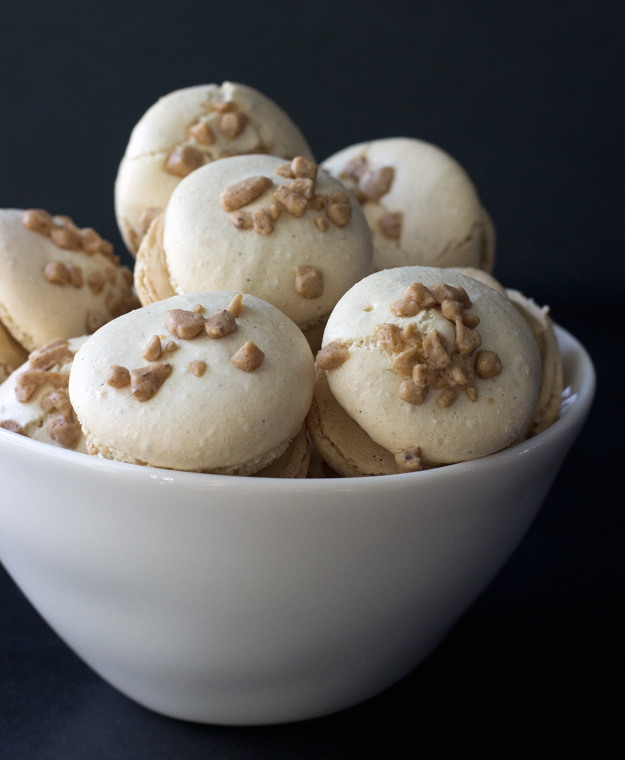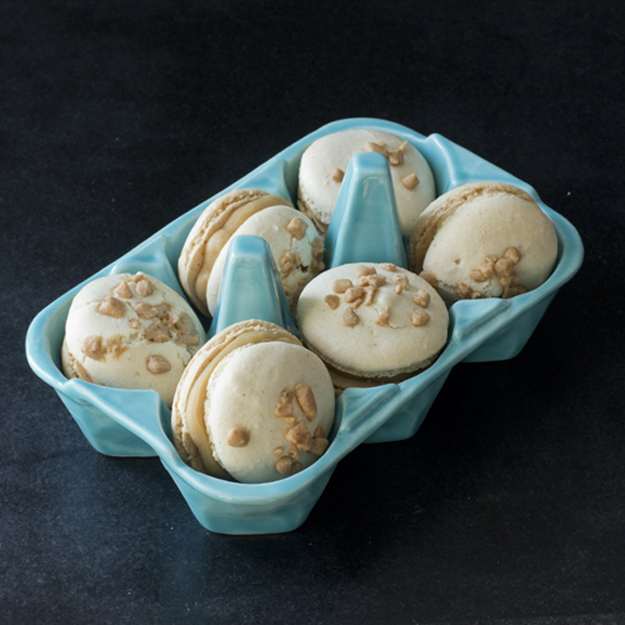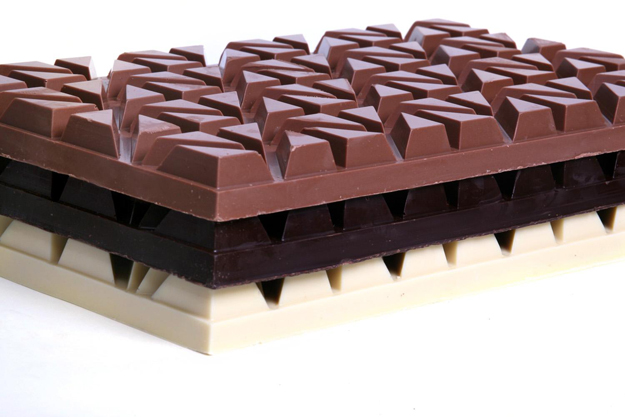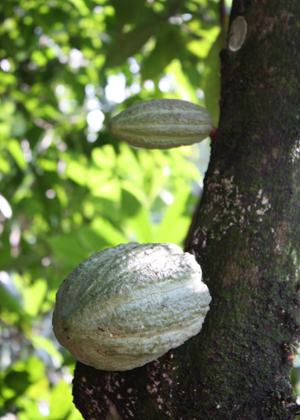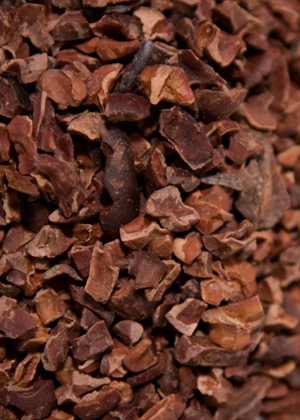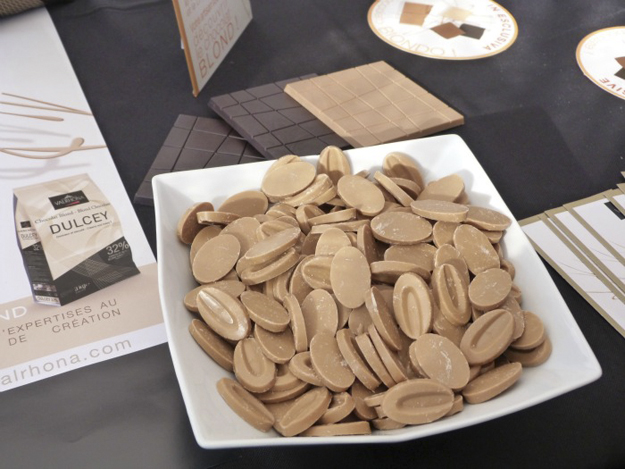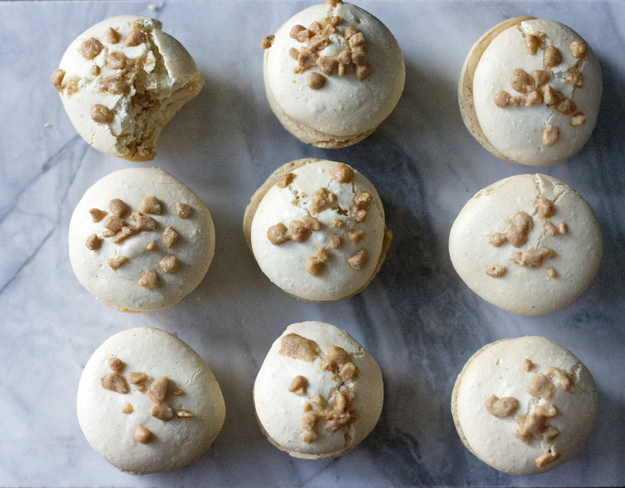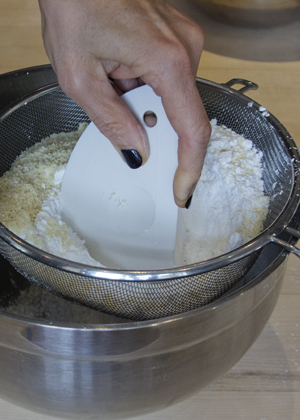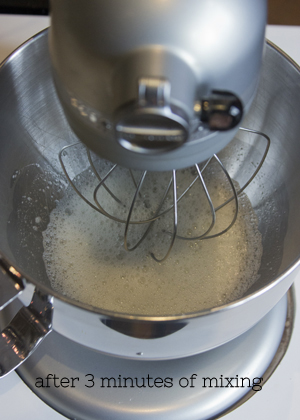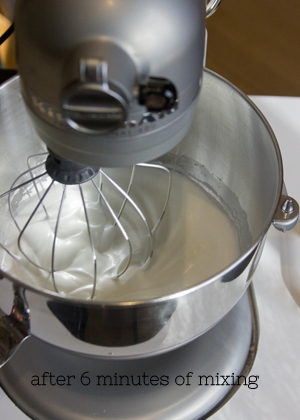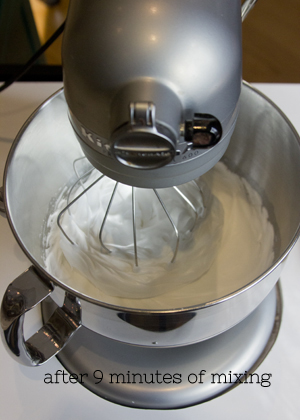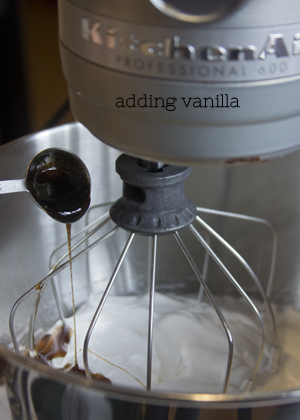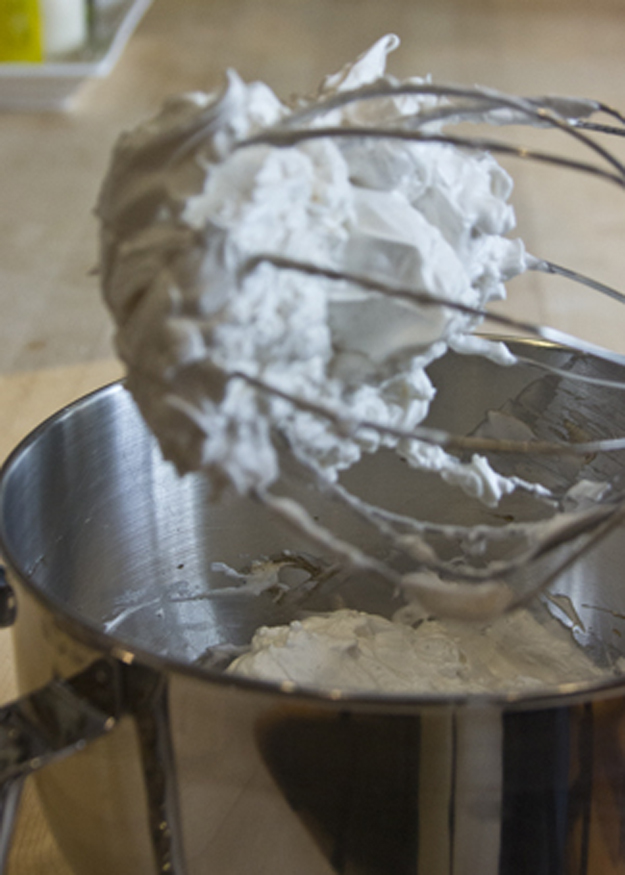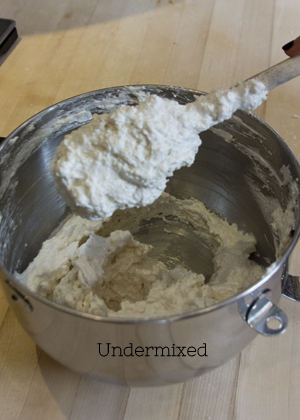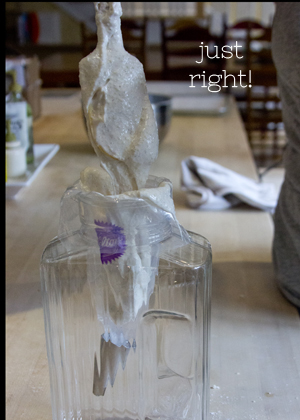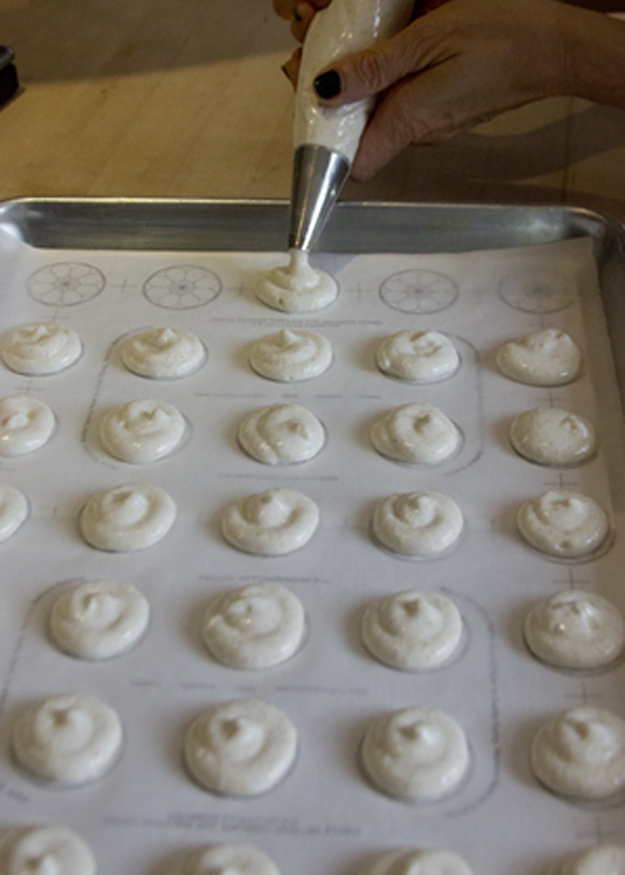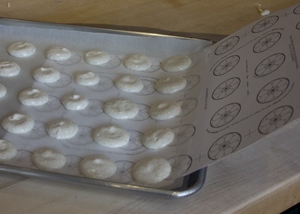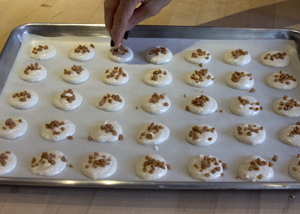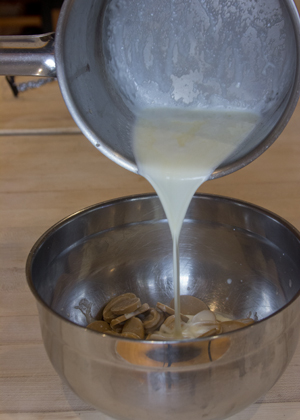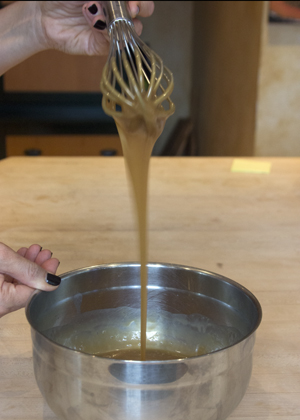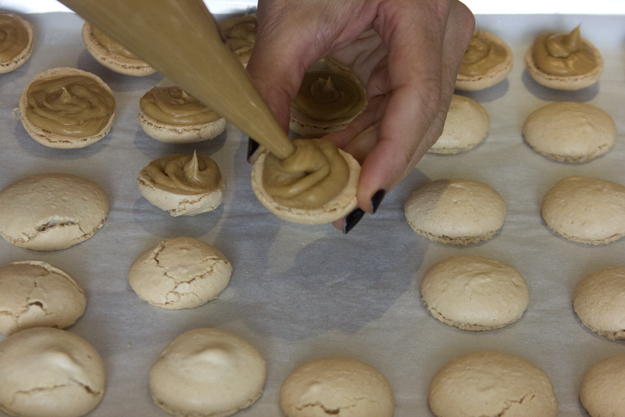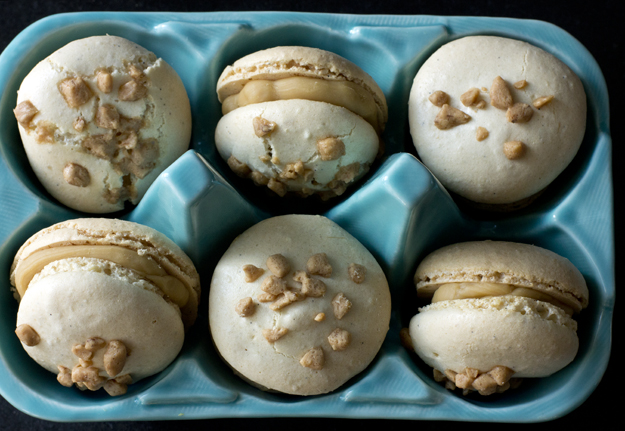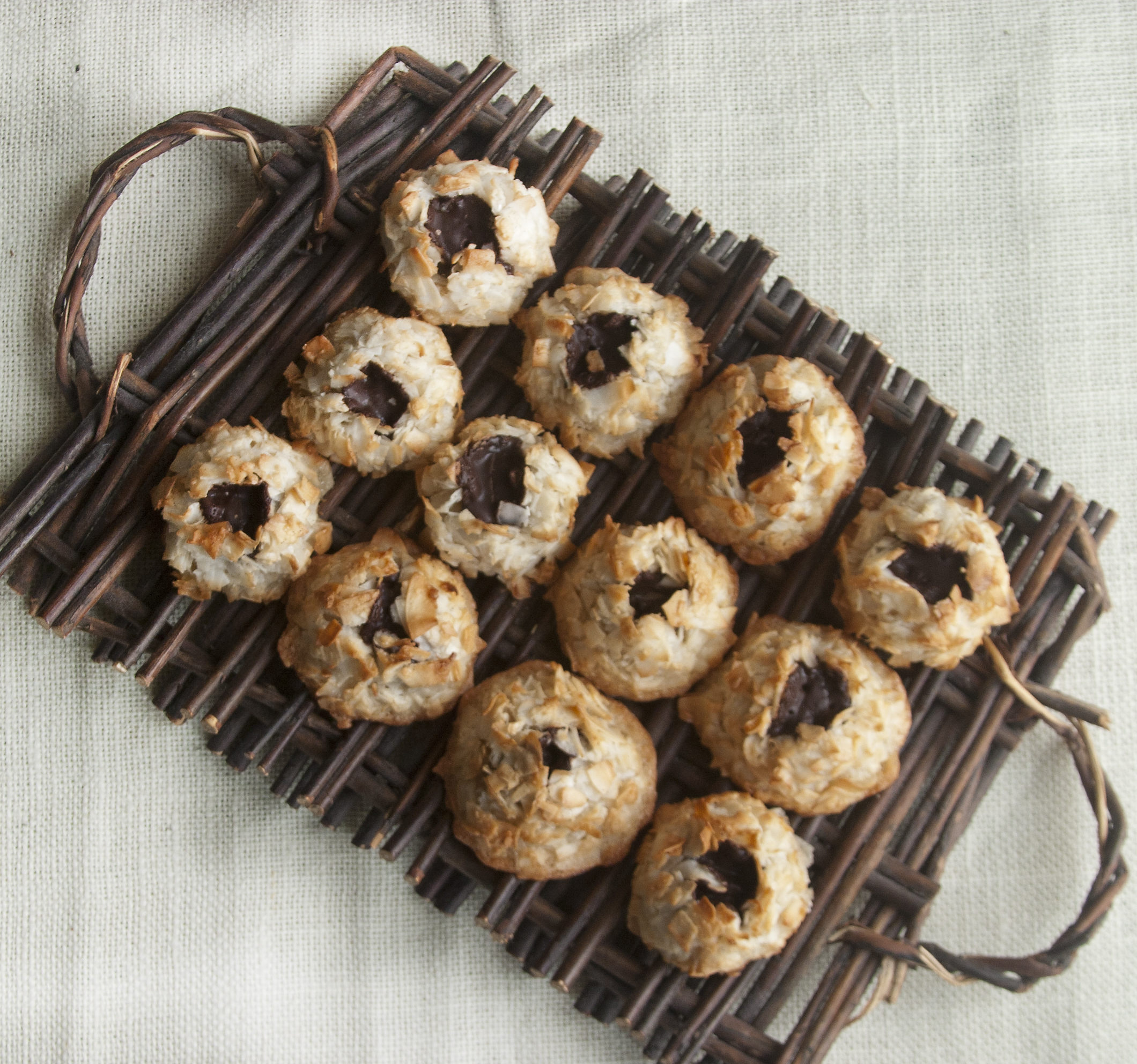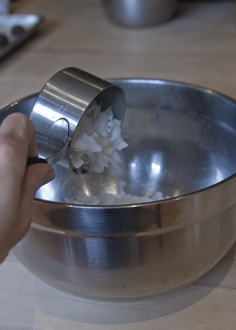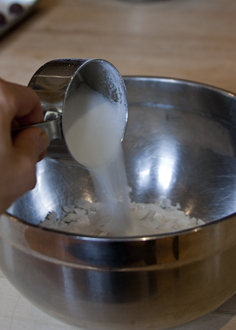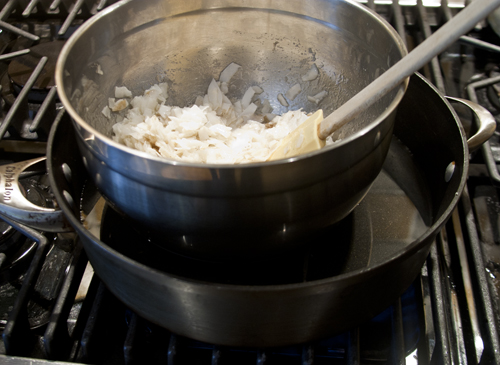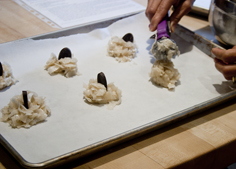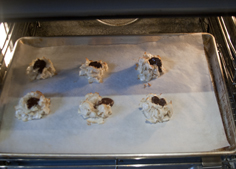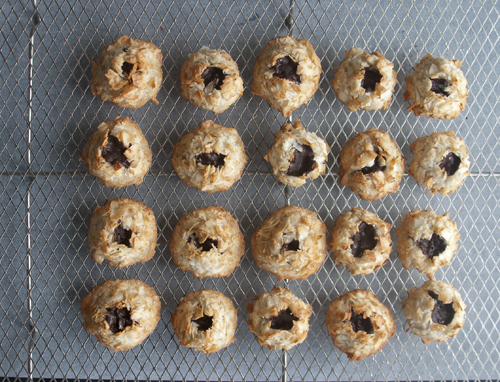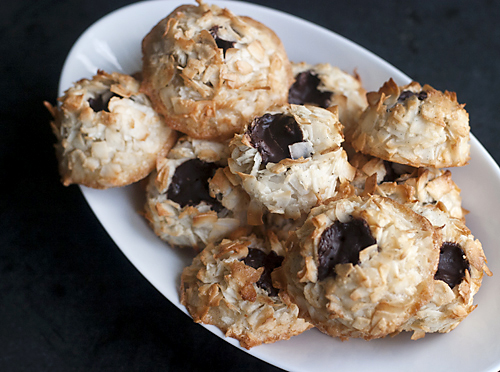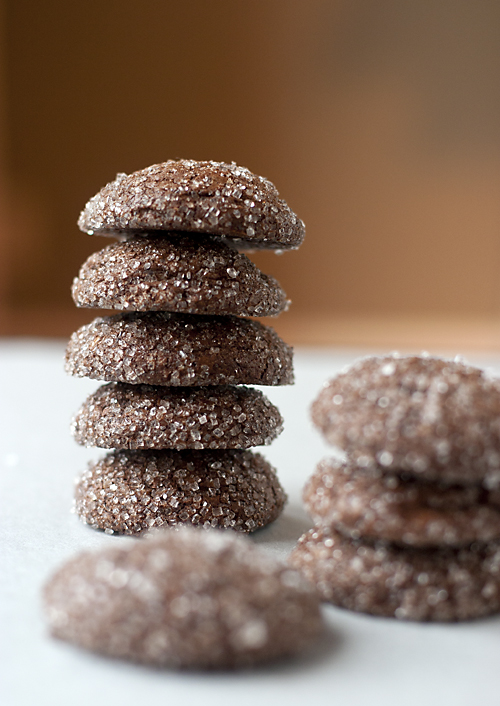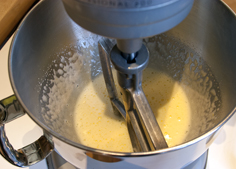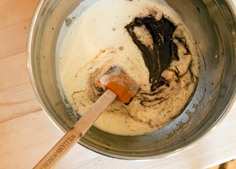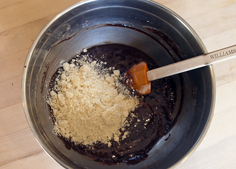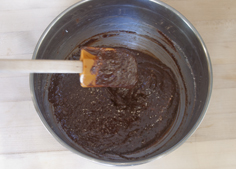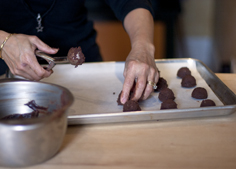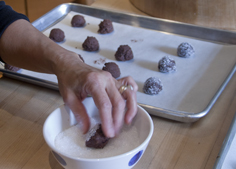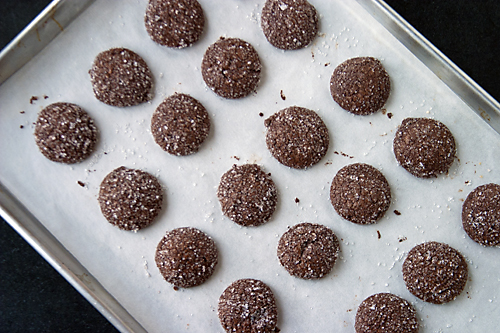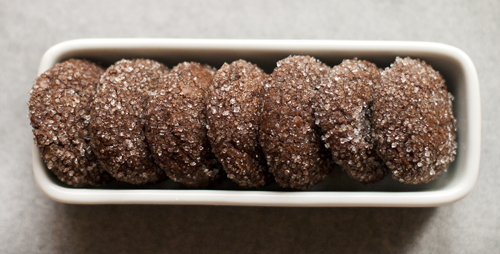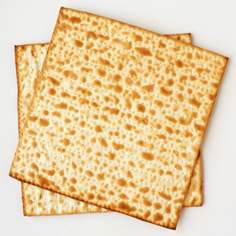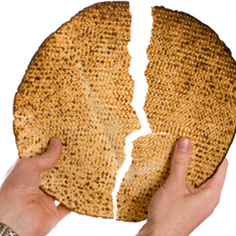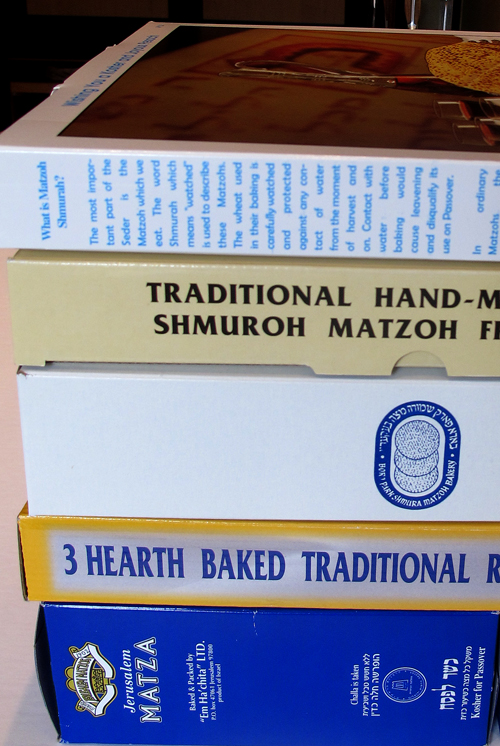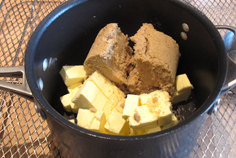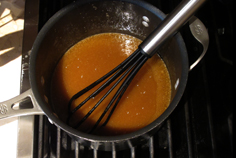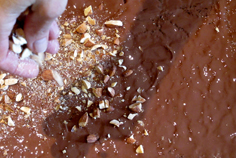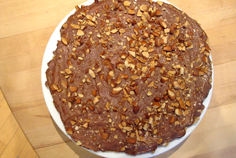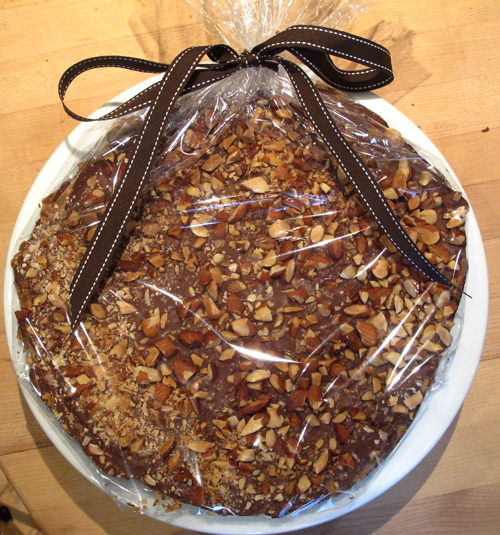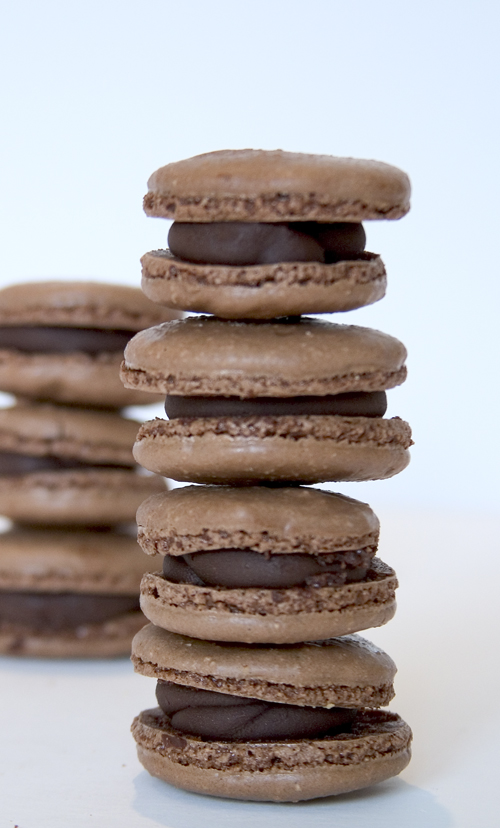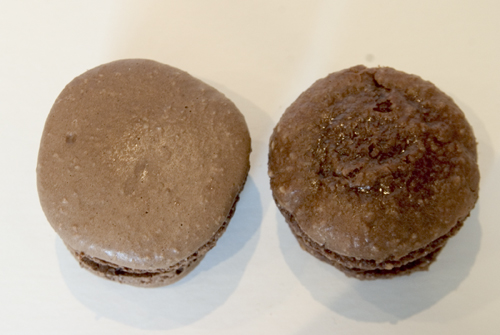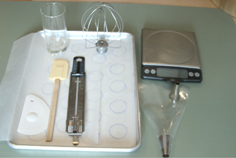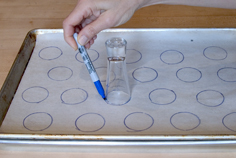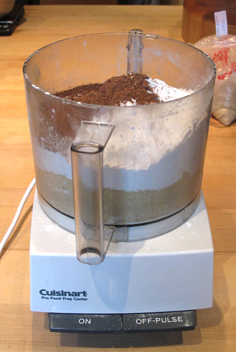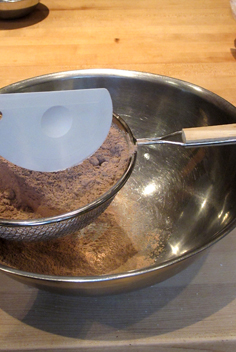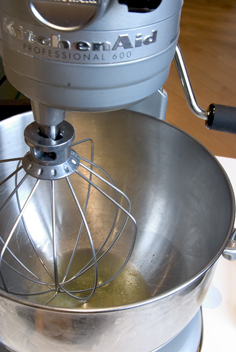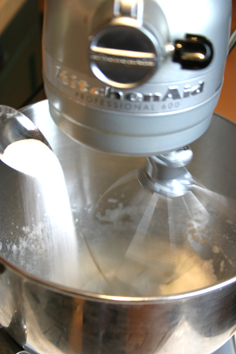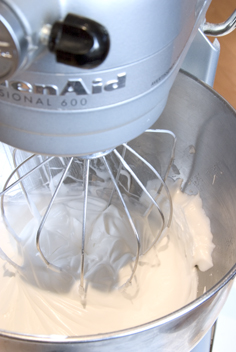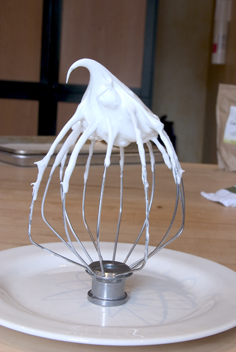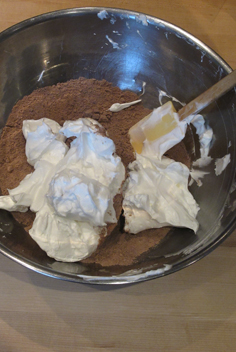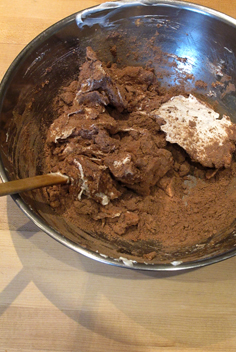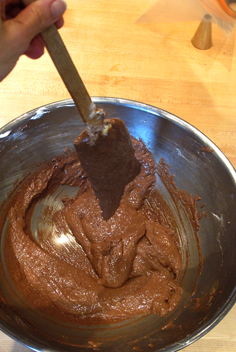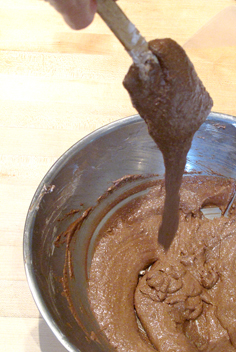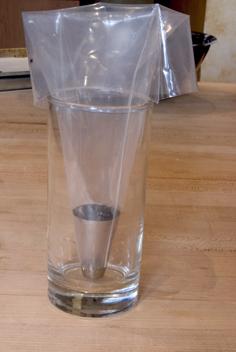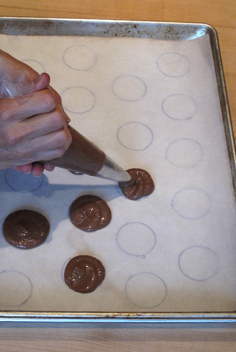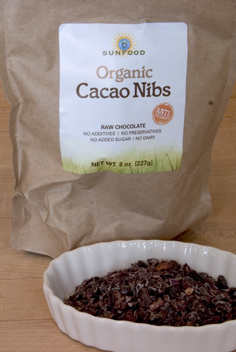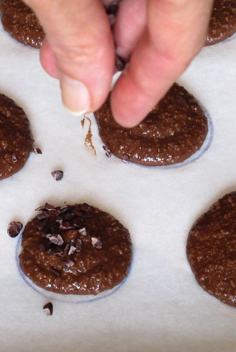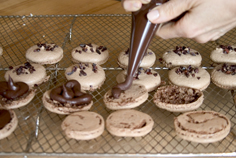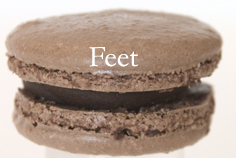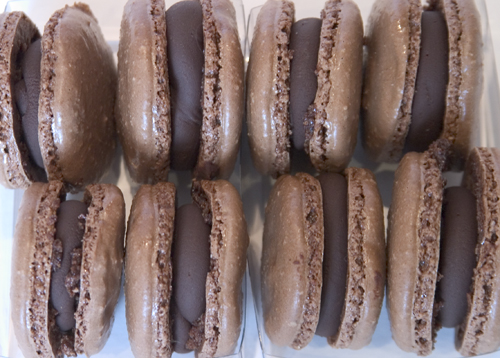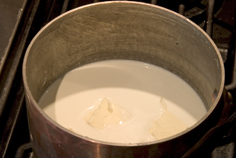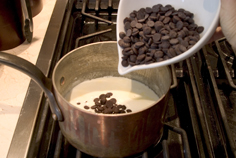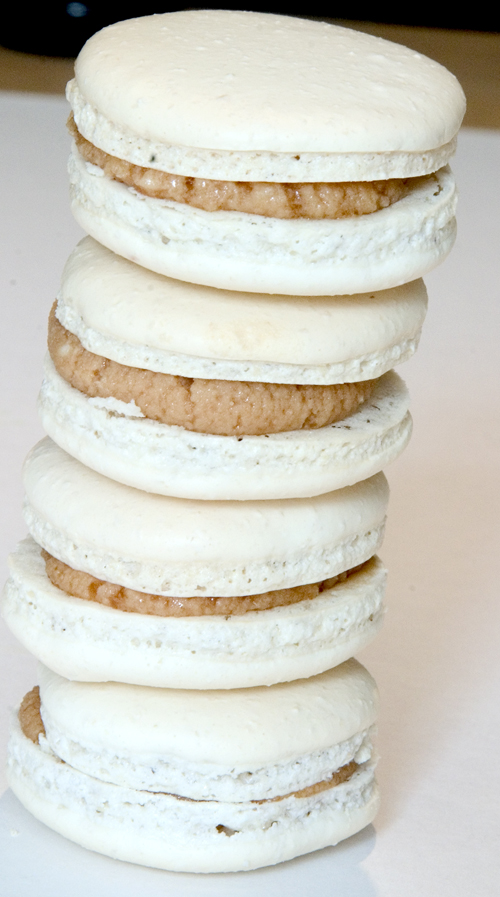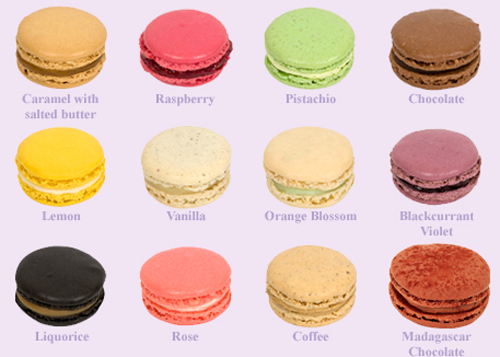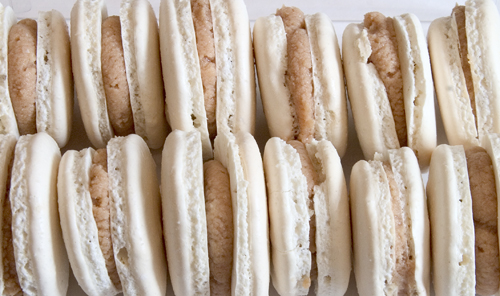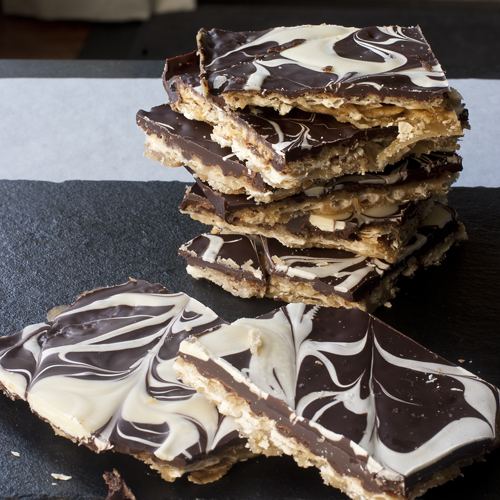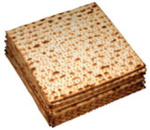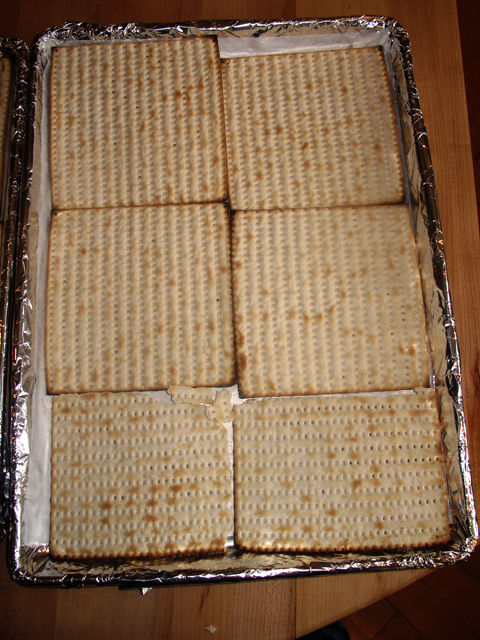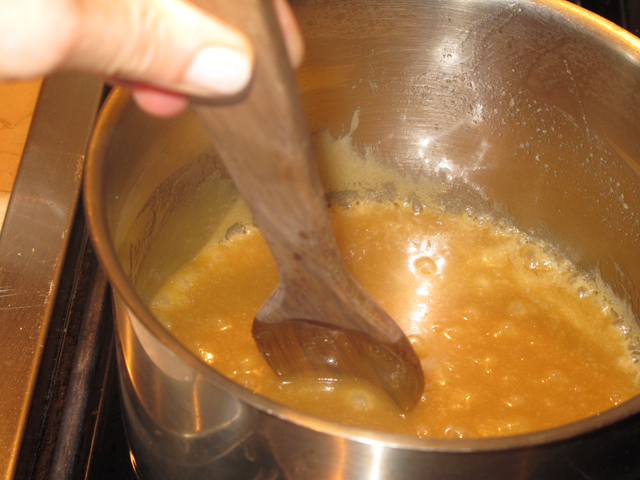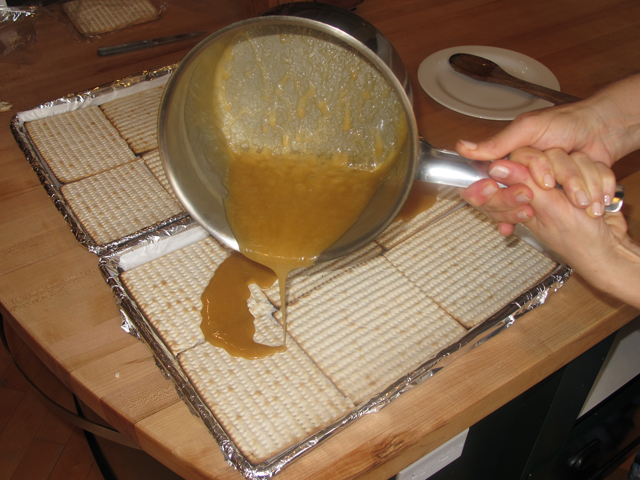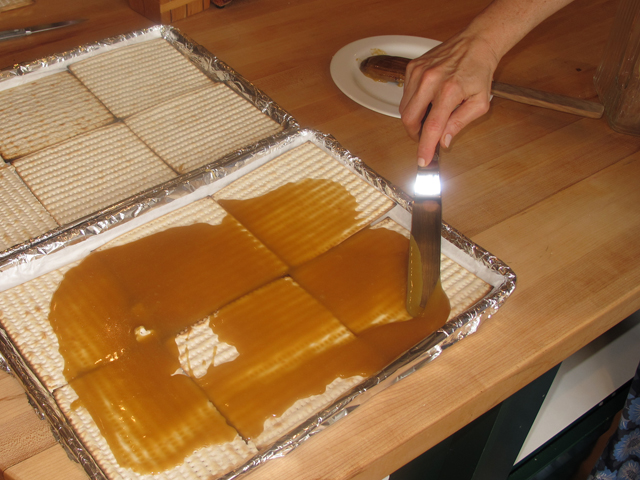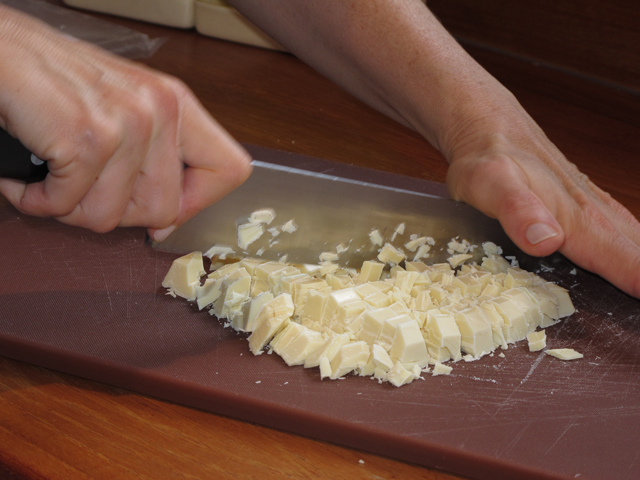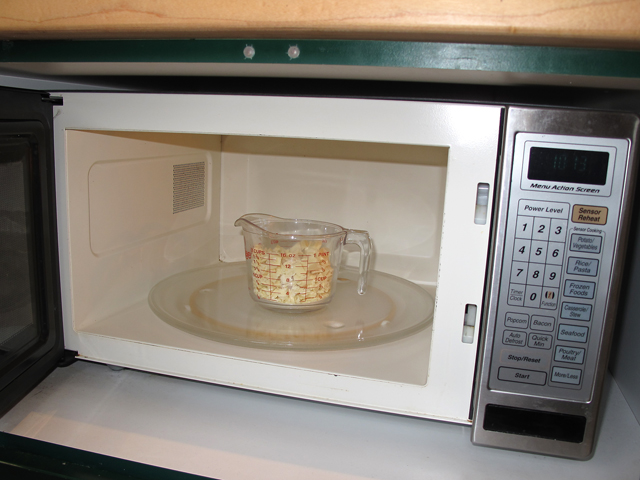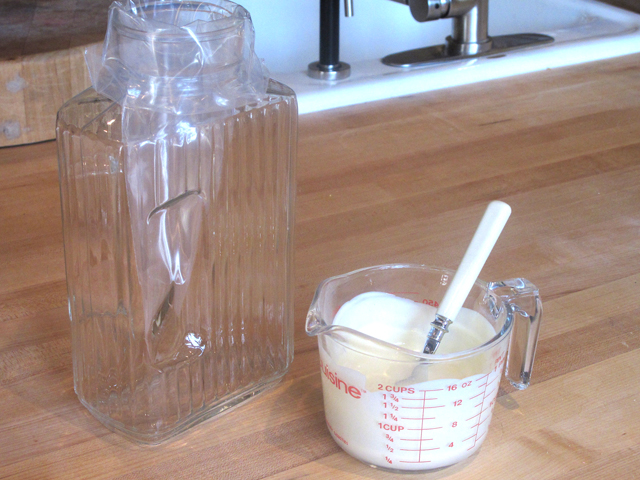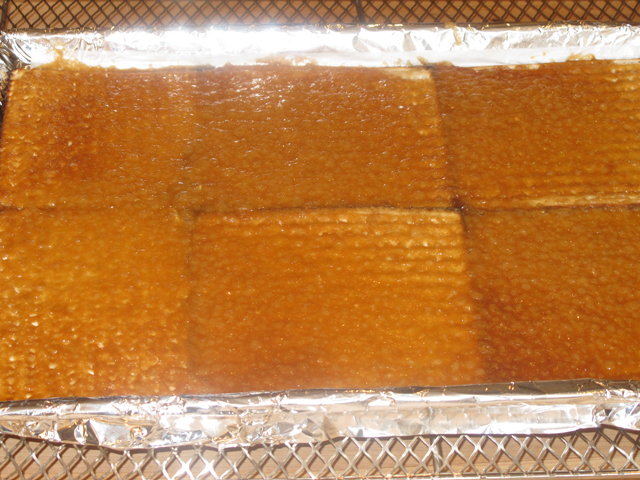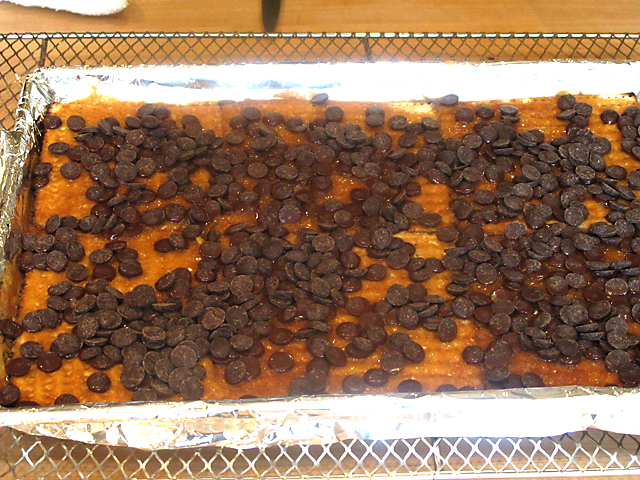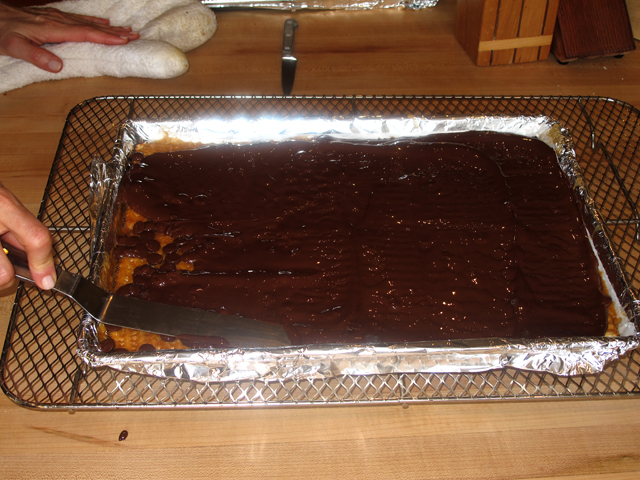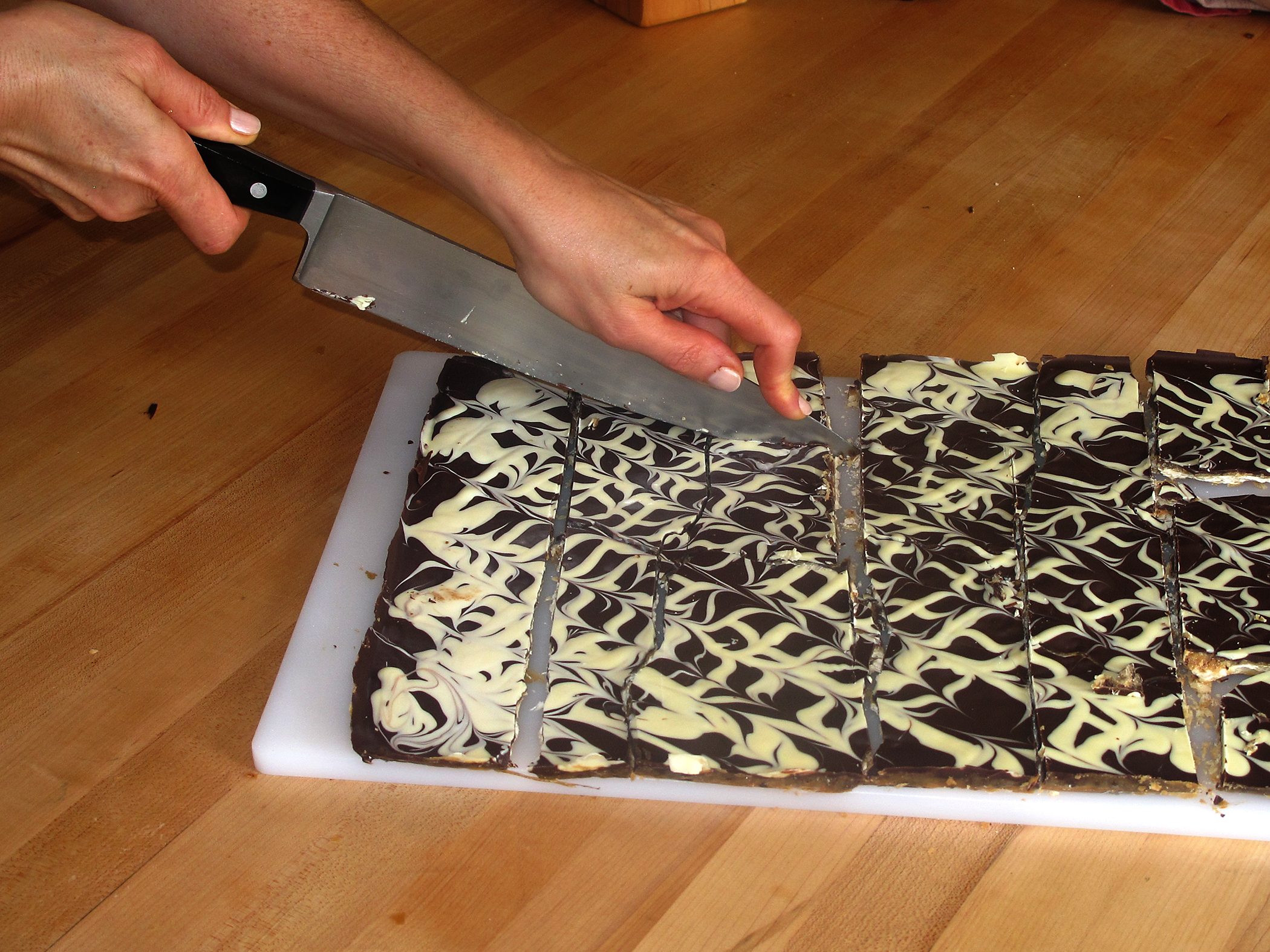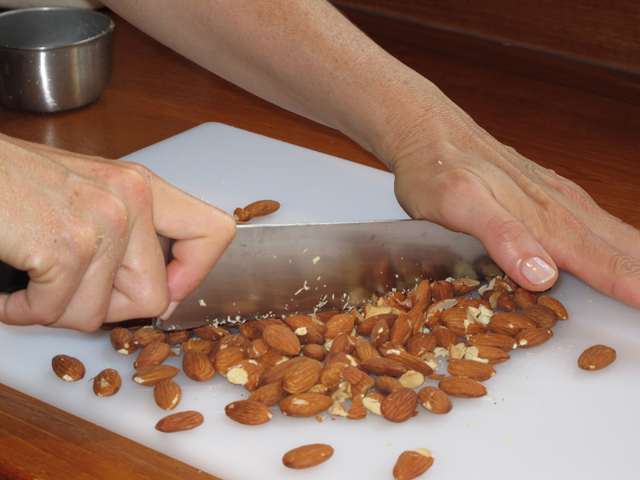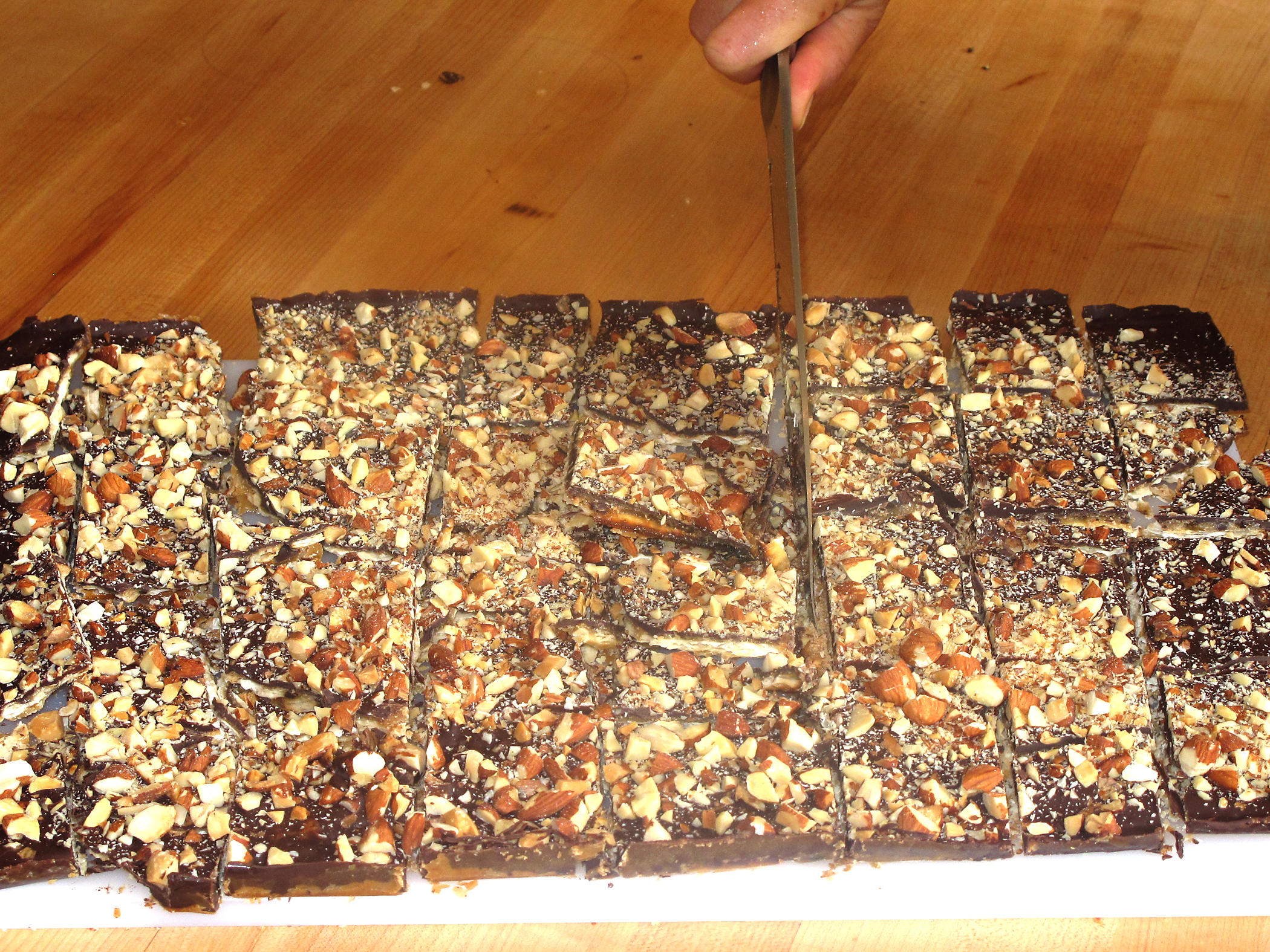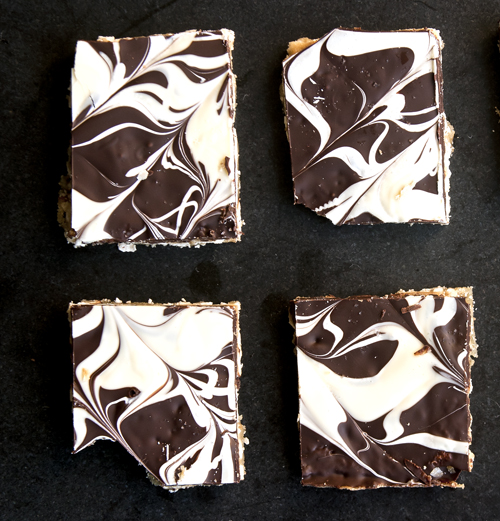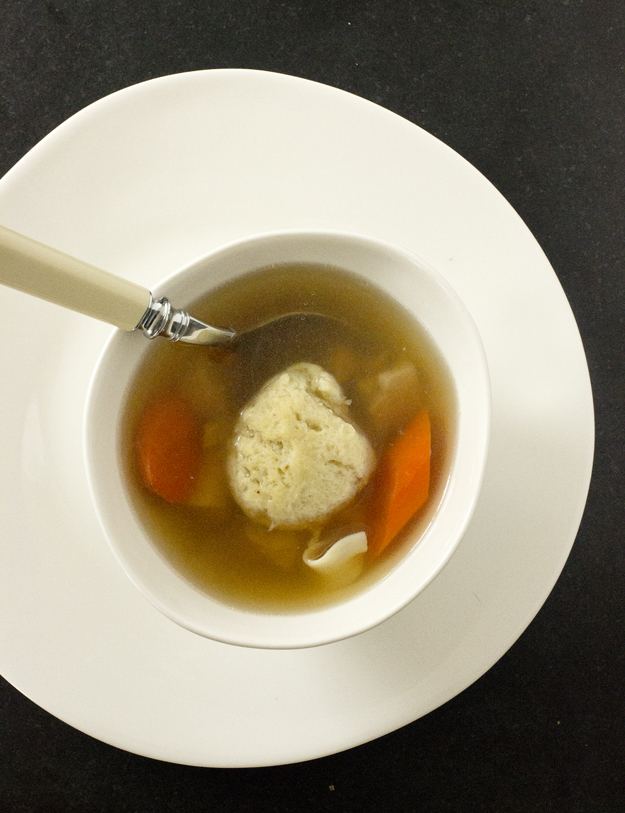
I also embraced the bonus snow storm, by hunkering down in my kitchen and making a big pot of Roasted Chicken Soup with Perfect Matzoh Balls, just in time for Passover.
There are only two things you need to know to make good chicken soup. The first is that you must use homemade chicken stock, not water, as the liquid. The second is that you must allow enough time to chill the soup, after cooking, so that all the fat can be removed. If you follow these two rules, you will have wonderful chicken soup.
Chicken stock is a mystery to many people. Exactly what is it and how is it made? Stock is simply chicken bones, simmered, in water, with aromatic vegetables (typically, carrots, onion and celery) until the bones have given every ounce of their flavour to the liquid. This usually takes about 2-3 hours. Then you take this flavourful liquid, add some fresh bones and vegetables and simmer for a further 2 hours to get chicken soup.
I have recently discovered roasted chicken stock. Before throwing the chicken bones and vegetables into the pot with some water, you roast them in a hot oven for about 45 minutes until they are deeply browned.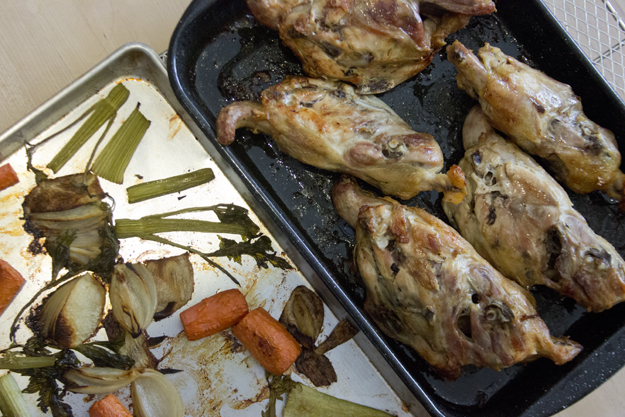
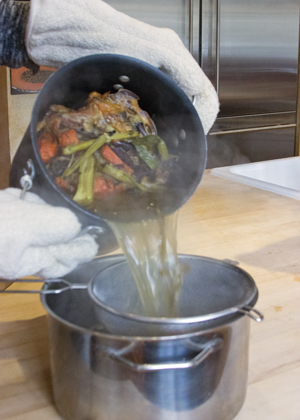
Now, onto the matzoh balls. Here are my golden rules for making perfect fluffy matzoh balls. I have tried many different recipes and techniques over the years and the best recipe comes from the Manichewitz box, but with a few adaptations.
- The recipe on the box instructs you to chill the batter for 30 minutes. Ignore the box, and chill it overnight. If you leave the mixture overnight, the matzoh meal absorbs more moisture, holds together better and cooks more evenly.
- Eggs, matzoh meal, chicken fat, salt, a bit of water or chicken stock are combined to make the matzoh ball batter.
- After you make your chicken soup and chill it, there will be a layer of fat sitting on top of the soup. Do not throw it away! Scrape off that fat layer and use some of it as the fat called for in the matzoh balls, instead of vegetable oil. I know that some of you are already having heart attacks, in advance of even eating this, but Passover comes only once a year, and you will actually only be eating one little matzoh ball, so the chicken fat will not kill you. It adds such flavour and tenderness to the matzoh balls, you will be amazed.
- When forming the matzoh balls, wet your hands and gently toss the balls from palm to palm, to form the balls. The size you make them is up to you. I like to make them about 1 tablespoon in size. They will swell in the liquid as they cook.
- Do not cook the matzoh balls in the chicken soup! It will make your chicken soup cloudy. Cook the matzoh balls in HEAVILY SALTED water. The water should taste like the ocean. As the matzoh balls cook, they absorb the cooking water. If you start with unsalted or just lightly salted water you will have bland matzoh balls. And that would make me very sad.
- Gently simmer, do not boil the matzoh balls. Cook them in a shallow wide pot, rather than a tall narrow pot, so they will have room to swell. Cover the pot so that they will cook more evenly. If your matzoh balls are large, it could take up to an hour. You will know they are done when you slice one open and they are the same colour all the way through. After cooking, remove with a slotted spoon and set in a single layer on a baking sheet. They can be wrapped and stored in the fridge for up to 3 days. Rewarm them in the chicken soup, before serving.
Click here to print recipe for Roasted Chicken Soup with Perfect Matzoh Balls.

